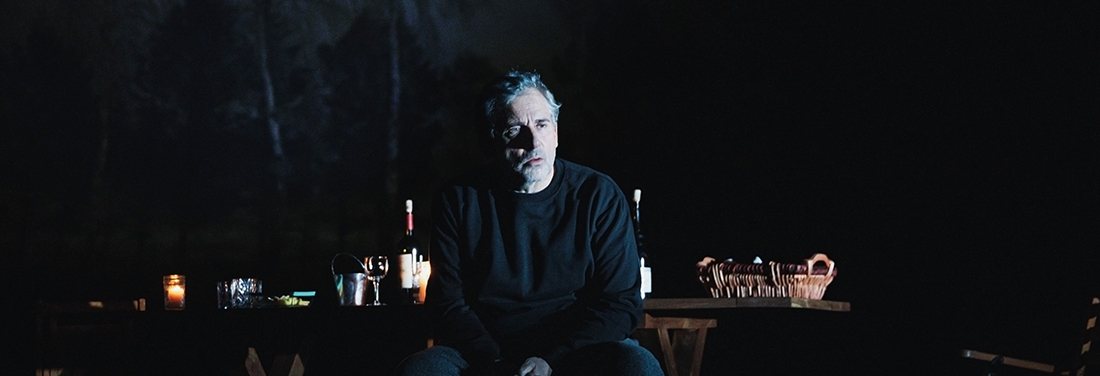
While Italian melomani anxiously awaited the opening of the new opera season at La Scala (on the usual for December 7) with a performance of Verdi’s Don Carlo, during November another, no less interesting Don Carlo was being performed several times not far from Milan, in the theatres of Modena, Piacenza, Reggio, and Rimini.
The Italian opera production system is distributed over four levels which correspond to four types of public funding: At the top stands, isolated, the Teatro alla Scala in Milan, with a particularly high budget and an artistic output considered representative of the entire Italian system. A second level is represented by a dozen theatres of greater historical importance (Turin, Genoa, Trieste, Venice, Verona, Bologna, Florence, Rome, Naples, Bari, Palermo, Cagliari), with extensive opera seasons covering the whole year.
Then, there are many so-called ‘traditional’ theatres (around thirty, irregularly scattered throughout the country, in less populated cities), which do not only perform opera, but nonetheless often offer performances of a high artistic level (and more interesting) than those given by the larger theatres. Finally, the festivals; either restricted to a few weeks a year and dedicated to the genius loci (Rossini in Pesaro, Donizetti in Bergamo, Bellini in Catania, Verdi in Parma, Puccini in Torre del Lago) or offering a more varied repertoire for summer audiences (Verona, Macerata, Martina Franca, Ravenna, etc.).
The Don Carlo in question was born in the third production level, co-produced by a handful of ‘traditional’ theatres spaced a few dozen miles from each other, in the same administrative region (Emilia-Romagna), along an ancient road axis, dating back to the Romans: the Via Emilia, which runs through the Po Valley from Piacenza to Rimini. As is often the case, the same show moves, week by week from city to city, with the classic double performance on Friday evening and the following Sunday afternoon, attracting audiences also from neighboring cities. Attention to this Don Carlo, therefore, grew during the month of November by word of mouth among local opera lovers who even willingly returned to see the performance in the following weeks, moving from town to town. The performance I saw, in Reggio Emilia, was the third performance of a show that was by this point well established.
The whole performance was reminiscent of long-forgotten ways of doing opera (ways which still find the full approval of an Italian public tired of proposals that are all too “experimental”). I’m speaking above all of the visual element: it has been over 25 years since I last saw a Don Carlo explicitly set in 16th-century Spain, with Alessandro Ciammarughi’s splendid and meticulously crafted costumes looking as if they had been taken from Titian or Velázquez.
The same Ciammarughi also oversaw the stage design which seemed to go back not one, but two centuries. Thanks to the scenic workshop that is still courageously and commendably kept alive by the Teatro Comunale of Modena that produced the show (the theatre today dedicated to Modena natives Luciano Pavarotti and Mirella Freni), the performance made ample use of painted scenes with special plays of light in transparency that, in the auto-da-féscene, suggestively allowed a rapid passage from the exterior to the interior of Valladolid Cathedral. The elegance, sobriety, and lightness of the painted scenes of memories of yore – to say nothing of their absolute philological relevance in the staging of 19th-century operas – ended up appearing as innovative and almost experimental, if not downright provocative, features in the eyes of an audience accustomed for decades to bare stages lacking characterization of place and time. And if Joseph Franconi-Lee’s direction limited itself to making the characters move with all too much simplicity, it at least spared us the usual absurdities or overly cerebral solutions of so many directors today.
From an optimal visual context, the musical execution also gained a great deal, coming out at the highest level. The fact that the five main characters were all played by Italian singers is not a nationalistic underlining: for an opera like Don Carlo in the Italian version, founded on declamation of the word before singing, perfect diction becomes a fundamental element for the equally Italian audience to which the show was addressed, especially when the performance features singers like the bass Michele Pertusi (King Philip II), who was capable of reciting every single phrase like a great actor (at the end of the long confrontation with Rodrigo, the three different ways in which Pertusi calls out “Ti guarda!”: “Beware of the Grand Inquisitor!” have proven unforgettable).
But the greatest surprise was to find tenor Piero Pretti (Don Carlo) in full vocal form: a clear, ringing voice, like an old-fashioned, pre-Caruso tenor. Equally characterized by a 19th-century appearance in his make-up, Pretti braved with absolute confidence all those vocally ungrateful phrases, with dangerous ascents to the high B-flat and Bs that have always challenged the major tenors who have tackled this opera on stage over the last half-century. His magnificent counterpart was baritone Ernesto Petti (Rodrigo), benefiting from a full and soft voice that was warm in the center yet thundered in the high notes, as required of the finest Verdi baritones.
The female side of the cast was also excellent: soprano Anna Pirozzi (Elisabetta) confirmed her great professionalism and vocal confidence in heavy and complex roles, while for mezzo-soprano Teresa Romano (Eboli) “passionate” was the principal adjective for her performance, thanks to a voice overwhelming as a river in flood and capable of fascinating descents into the chest register.
On the podium was Jordi Bernàcer, who wanted to perform the score (in the 4-act version) in its entirety, without the traditional cuts: the conducting that was always confident, empathetic, and absolutely pertinent to Verdi’s late style; the perfect guide for such a performance and much applauded by the audience.
Photos: Rolando Paolo Guerzoni
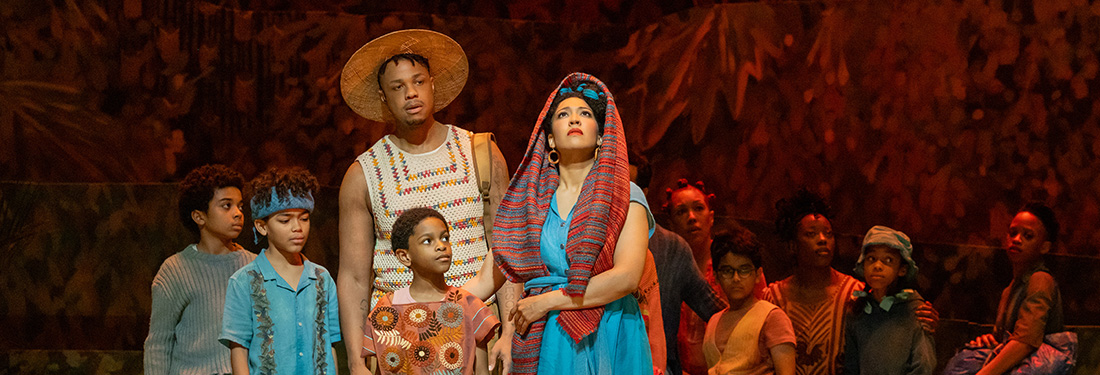





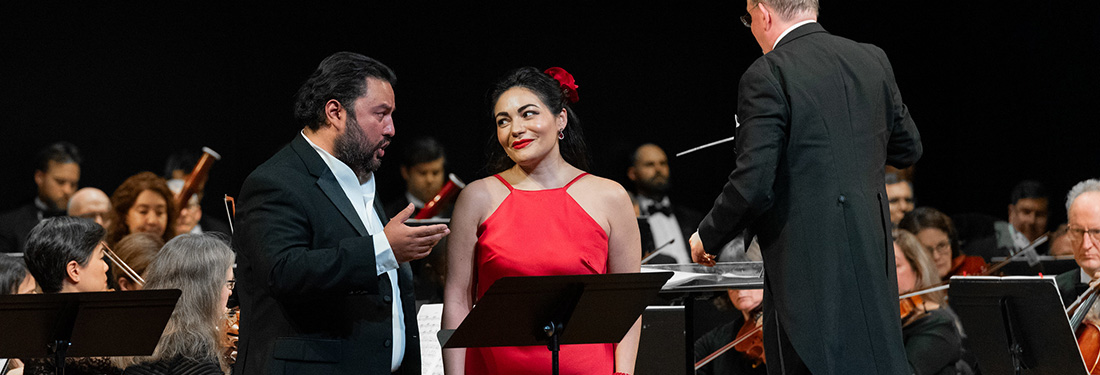
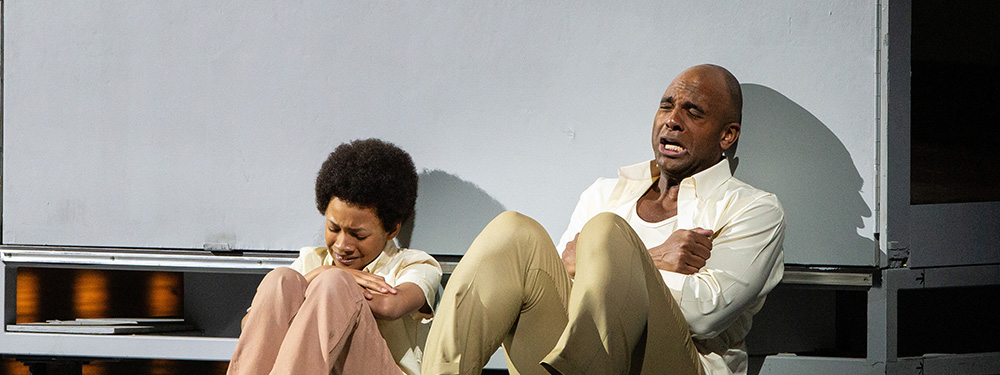
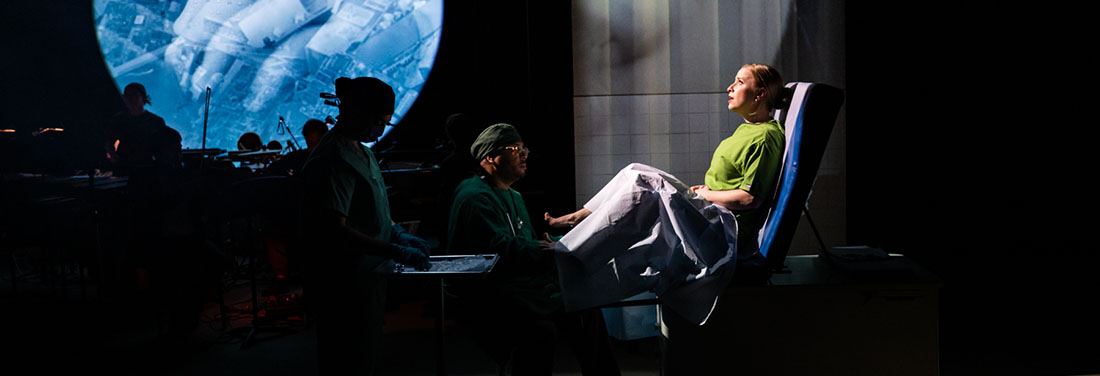
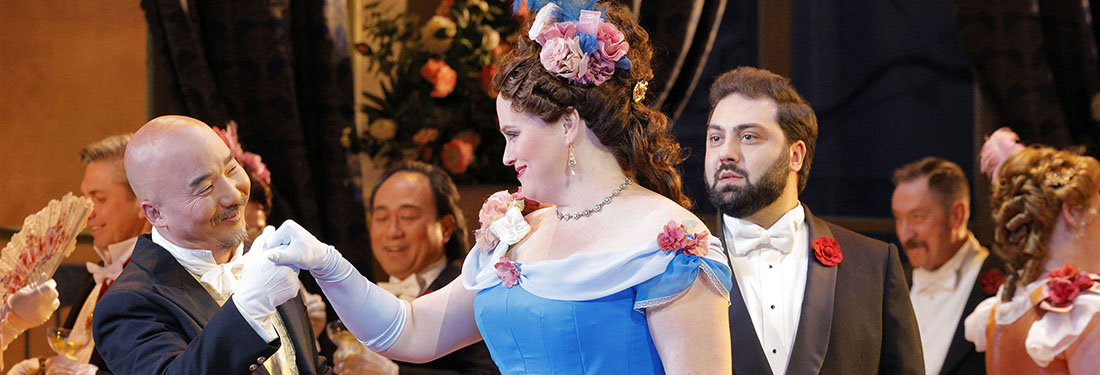

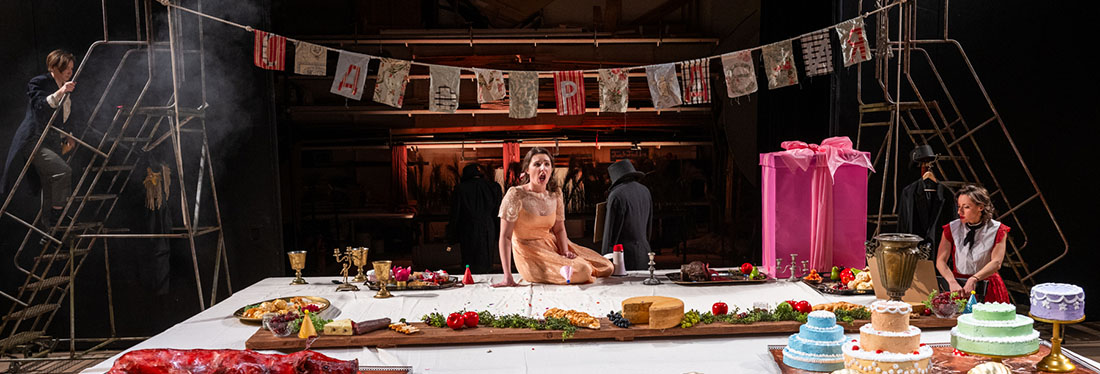
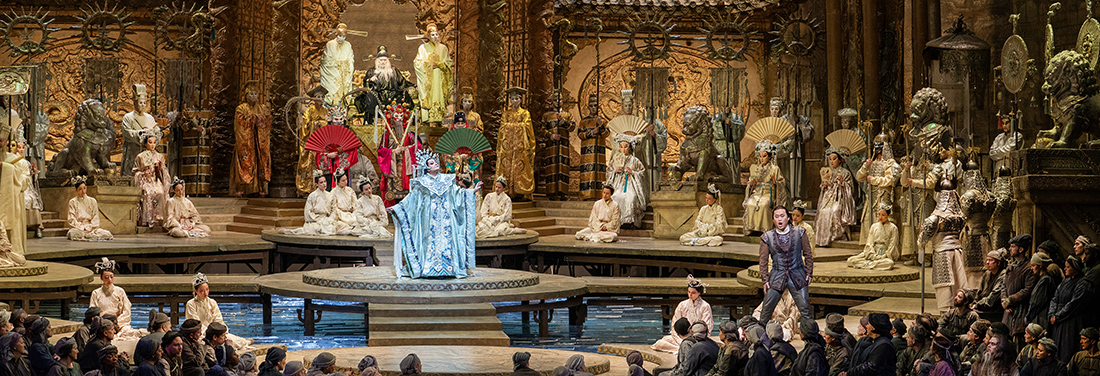
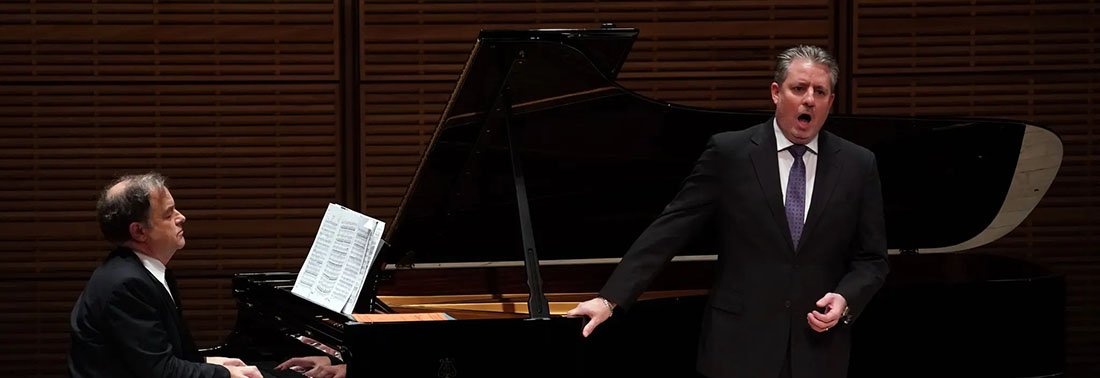
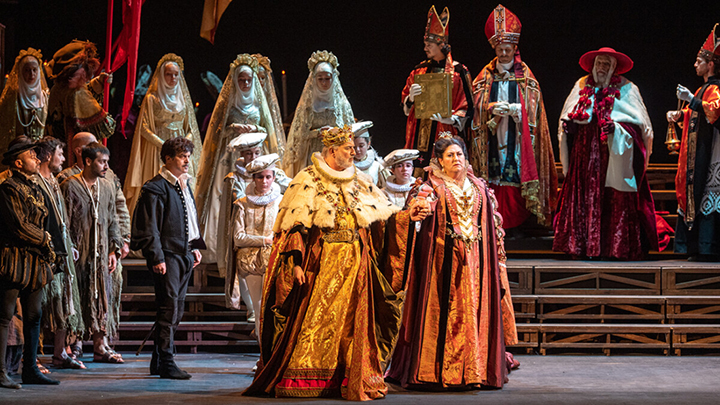
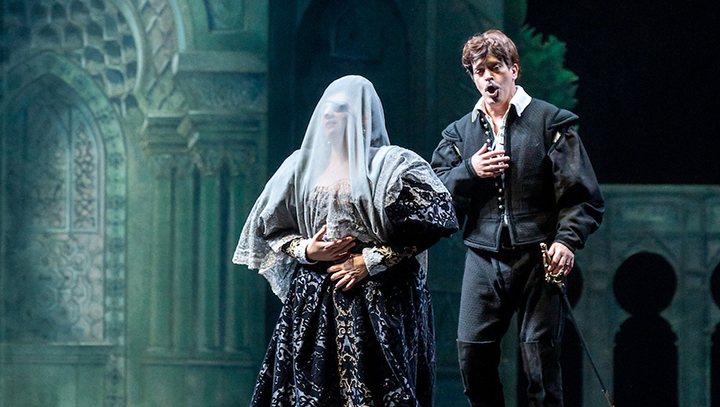
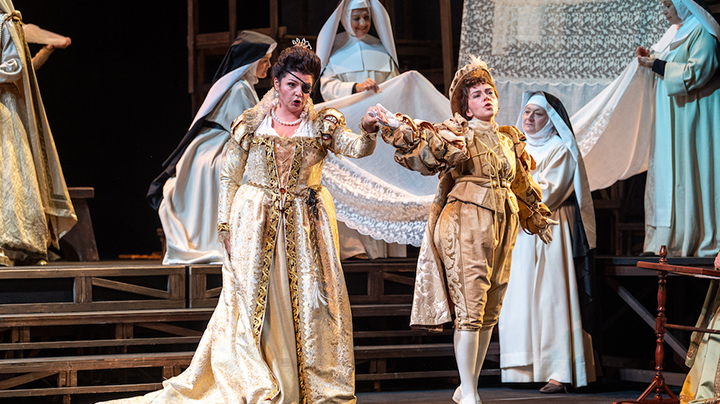
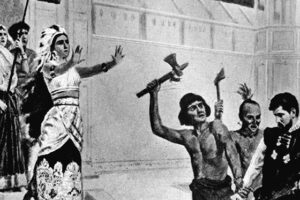
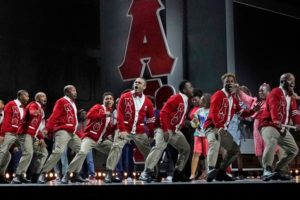
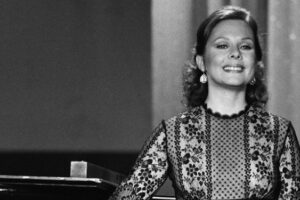
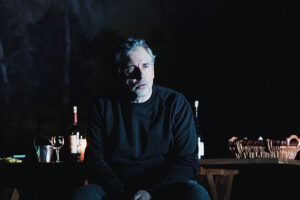
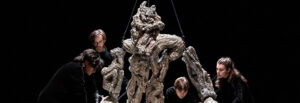
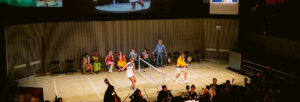



Comments